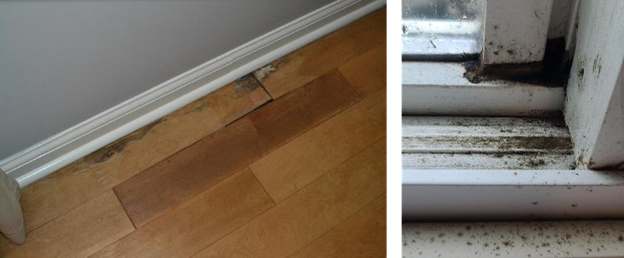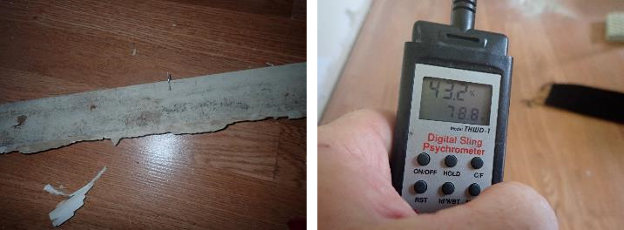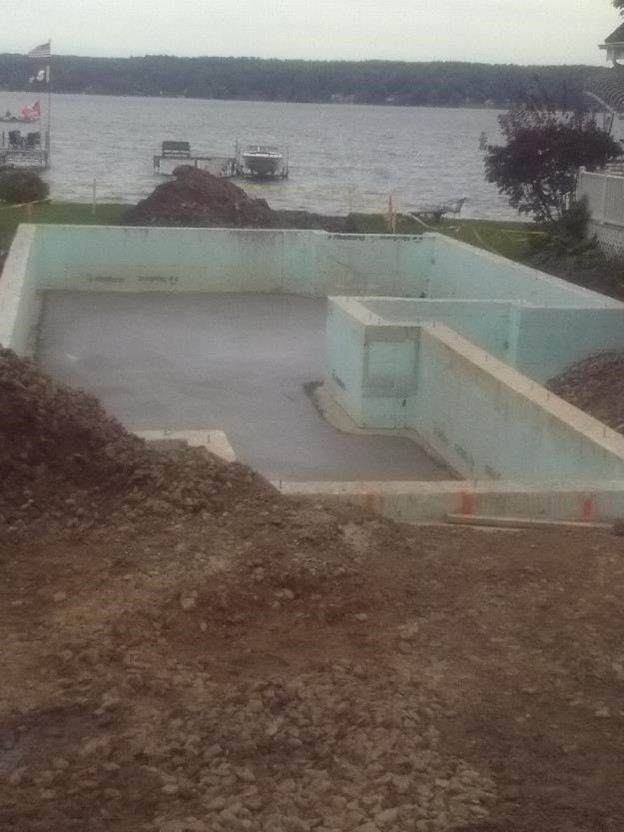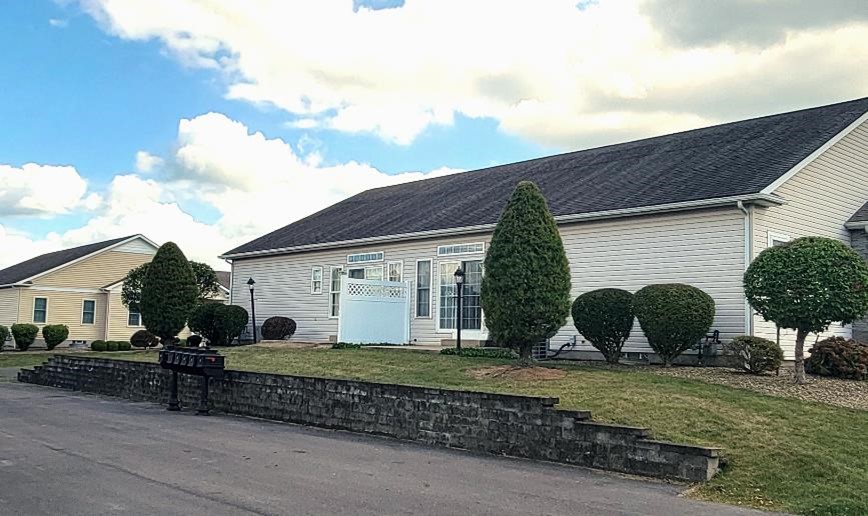

The weather extremes that we have been experiencing bear consideration when planning property upkeep, especially for older buildings. Most Associations are in planning season at this time of the year. Hopefully, they are referring to a relatively recent reserve study to inform maintenance priorities of the property as spending is planned. If your buildings are more than 20 yrs old there are upgrades worth considering proactively such as improved insulation or adding details to resist water infiltration. I recommend boards have an extreme weather conversation as part of their reserve planning discussions.

J. Hershey Building Consultants was hired to provide oversight of a roofing replacement project. We perform calculations for every roofing project, which either confirms existing specs are in code, or as in this example, enables new specs to improve the functionality of the attic space.
Below pics show curling of shingles, which signal wear. Weather, quality of roofing material, and age of roofing all impact the useful lifespan of a roof.

Pics below show mid roof vents added. This approach can be used if there is no more room for soffit vents. Ridge and soffit vents are sometimes still not enough for adequate attic airflow.

J Hershey Building Consultants was hired to evaluate a water infiltration issue in a unit on the ground floor of a two story condominium building. Our assessment determined that there was not an infiltration issue. Instead, we identified an interior condensation issue within the unit. Furniture against an outside wall or window treatments can reduce adequate airflow and trap humidity, creating conditions such as seen in pictures below.


More on interior condensation:
The Association may recommend to residents that:

J Hershey Architecture is working with a client to build a home on Lake Chautauqua in New York. Ultimately, this home will be a two story home built around a massive stone fireplace. In the picture below, note the use of insulated concrete foundation ( ICF) blocks. These are hollow blocks of insulation that are fit together then filled with concrete, providing energy efficiency and noise reduction.

We are also working with a client in Ohio on the design of their vacation home on the shore of Lake Erie. Presently we are in the early design stage. The pic below shows their future view.

Let’s continue to improve our ability to proactively maintain our properties!

Our easy online Request For Proposal Forms can be accessed at the top right of the JHersheyGroup home page.